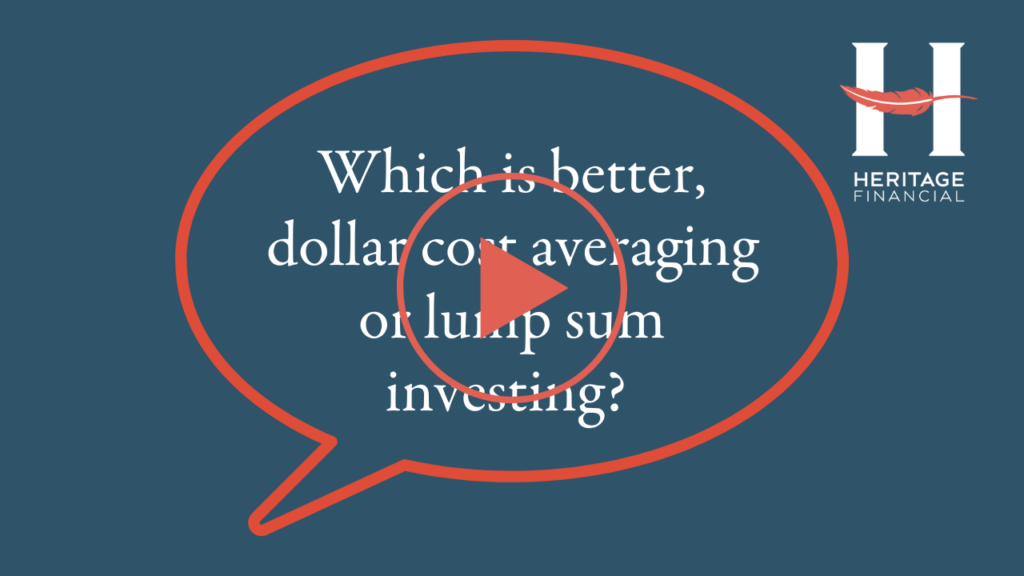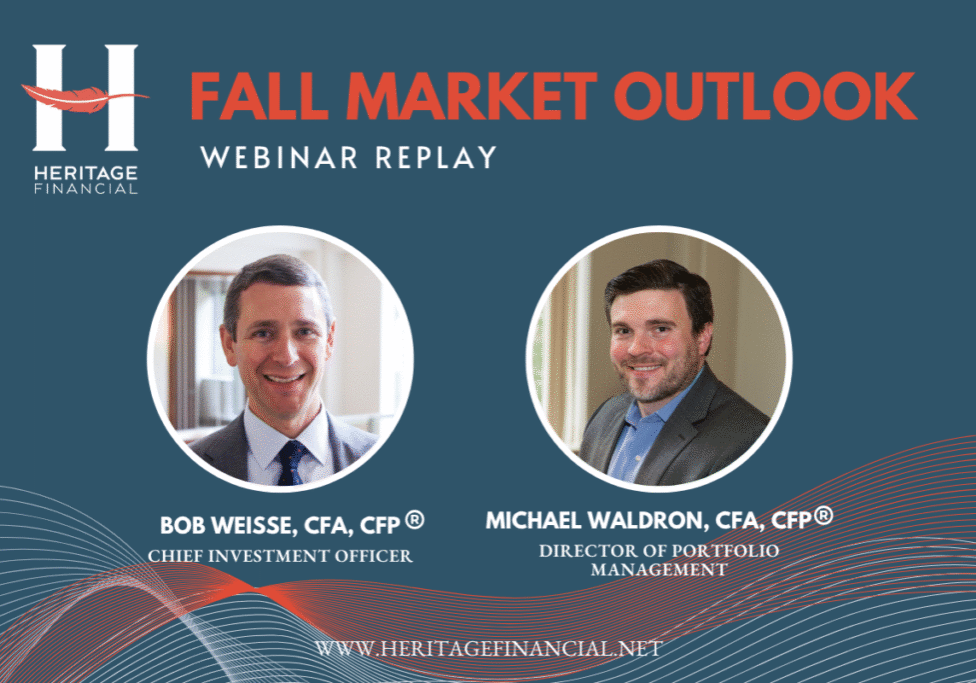Investing is stressful, particularly when one comes into a new level of wealth in the form of cash and is now considering risking it in the market. Is now the right time to invest? Should I invest it all at once or add it to my portfolio in increments over the next 6, 12, or 24 months? This gradual investing strategy is called dollar-cost averaging and there is a debate whether it’s ‘better’ than lump-sum investing.
The thought is that dollar-cost averaging may reduce the chance of investing at the wrong time—investing right before the market drops and seeing larger losses than experienced before. There are appropriate behavioral reasons to dollar-cost average—wisdom you will hear from American tennis great, Andre Agassi. However, the psychological comfort frequently comes at a cost. How often would an investor be better off adding to a diversified portfolio that is optimized for his or her financial plan’s success right away?
In the following clip from our Wealthy Behavior podcast, Heritage Financial’s CEO, Sammy Azzouz, and CIO, Bob Weisse, discuss why dollar cost averaging doesn’t work mathematically and is often requested at the wrong time, but can still be the right approach for investors.




